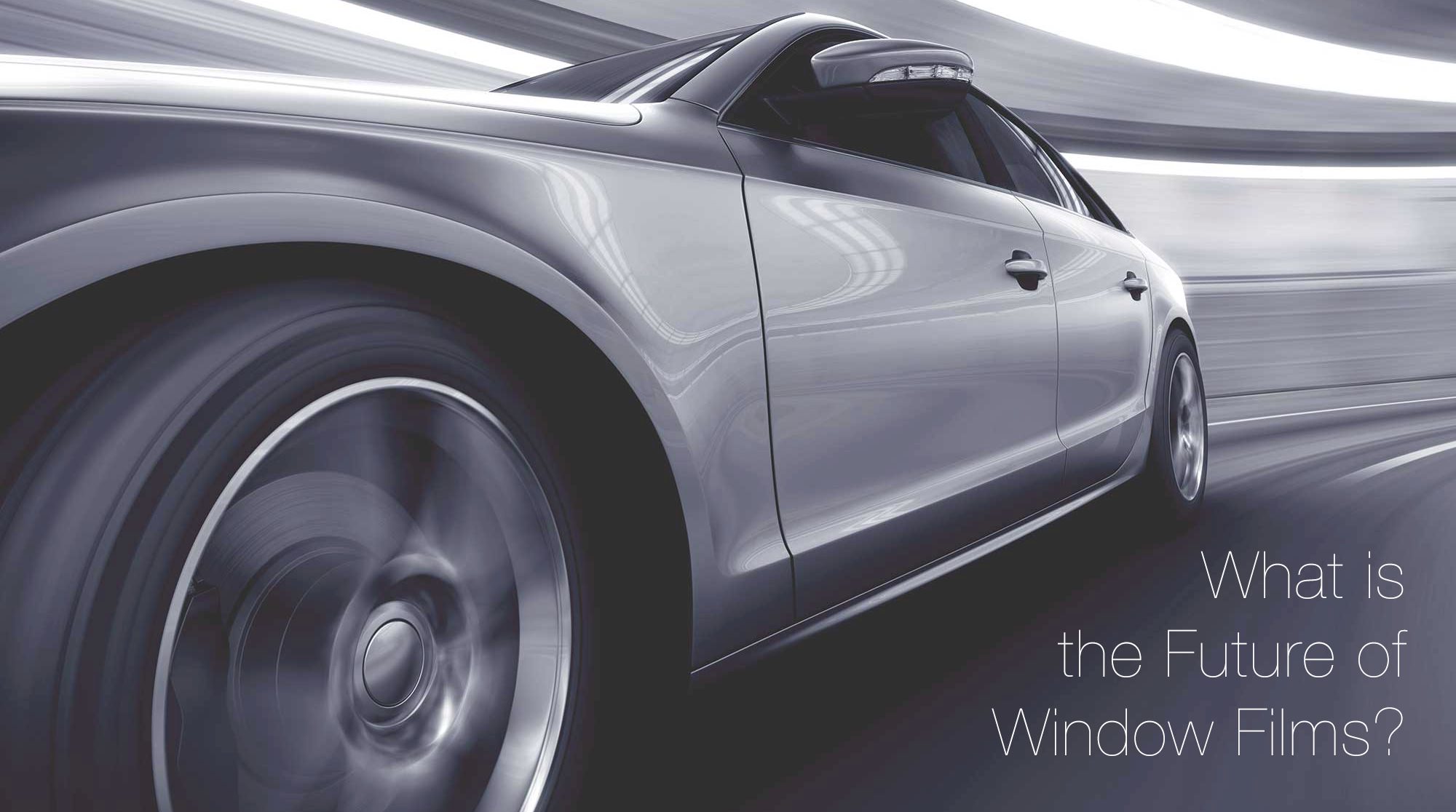
Will “Smart” Technology Change Window Tint?
Or will the limitations of its current form hold it back?
Window tint provides numerous benefits, however the traditional application is static, meaning the result is limited to one level of tint. An impressive advance in technology has made the one-size-fits-all model a thing of the past. In fact, the intuitive Smart Glass window tinting system enables the user to pre-program and adjust the tint of an entire building from anywhere in the world, using their smart phone or tablet. Will this technology be expanded upon for use in the automotive world? It could be, and should be, since light varies constantly as we drive and could benefit from computer assisted adjustment.
The Smart Glass System
A company called View (formerly known as Soladigm), first introduced their intuitive window tinting system in 2012. Their ground-breaking electrochromatic coating automatically darkens in response to changes in light. The degree of tint can be adjusted manually based upon the occupancy of a room or outdoor lighting conditions, as well as intuitively via weather feeds and real-time sensors that anticipate and respond to cloud cover. This allows natural daylight in to saturate the space, and rejects solar glare. Smart Glass has been primarily used in commercial settings but expects to expand to other markets (like automotive) in the near future.
Window Construction
Smart Glass uses physical vapor deposition techniques to apply electrochromatic material to regular glass, resulting in a thin yet durable ceramic coating, that when combined with a small voltage though a near-invisible network of wires, changes the transmission properties of ultraviolet light.
How the Windows Work
Smart Glass can be operated manually with a wall switch or remotely though your computer and mobile device. You can create lighting schedules for entire buildings as well as track energy usage. Light sensors connected to a central management system can be programmed to adjust the amount of tint in response to weather conditions, or the needs of occupants inside the space.
Imagine if every time you turned a corner into the sun, your windshield dimmed slightly to make up for the increase in visible light? It would work perfectly on a vehicle since the electrical system is constantly powering all of the onboard electronics, so energy is no issue. I think this will be happening sooner than later.
Smart Window Benefits
Benefits include greater architectural design freedom, as the use of Smart Glass will meet code and allow for the greatest use of natural light. Additionally, Smart Glass allows you to eliminate vertical blinds, curtains, or other traditional solar control features. It could be dynamically controlled for use in vehicles of all sorts as well.
The possibilities really are endless. You could have your rear windows fully tinted when you baby is on board, and fully transparent when you are trying to enjoy a scenic drive. The sky is the limit, and I am very hopeful that these advances make it to automotive tint as soon as possible. What do you think?
